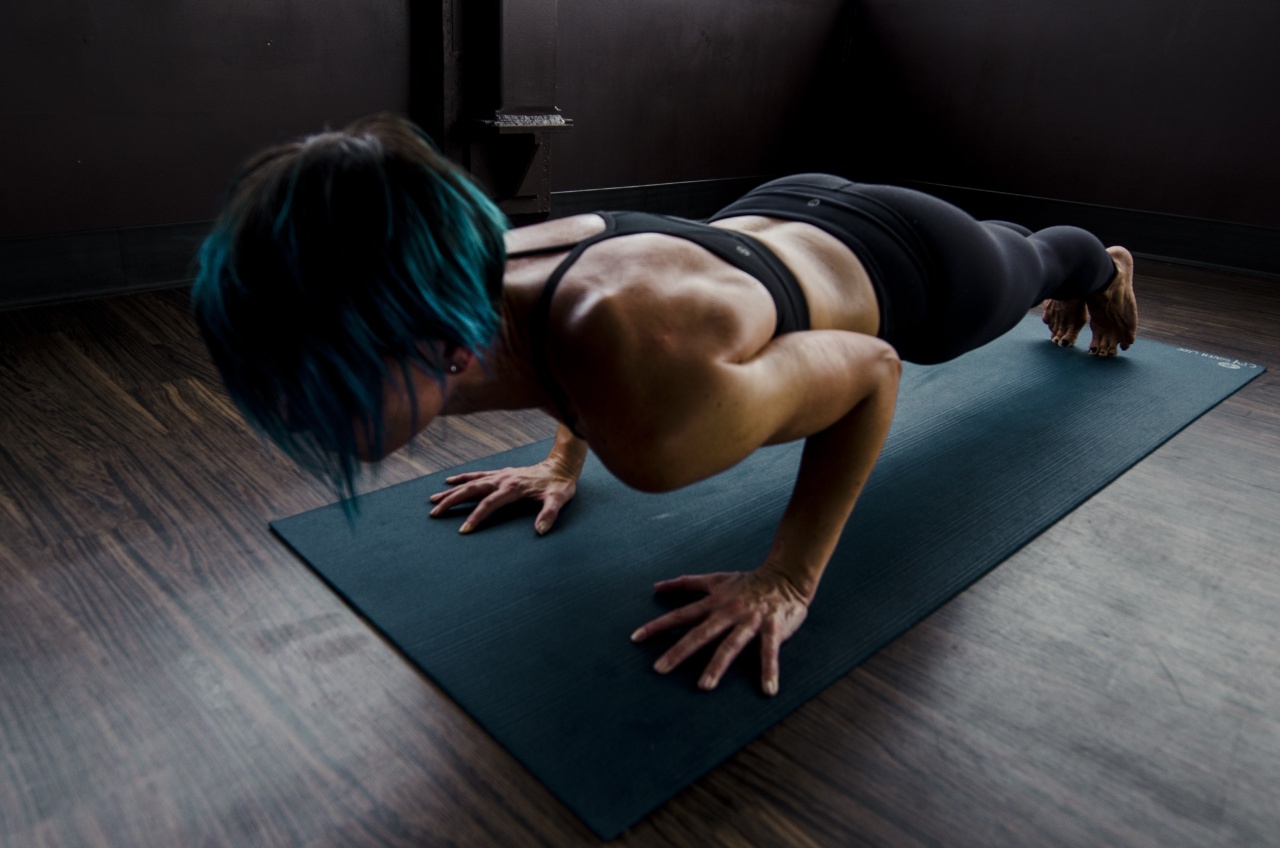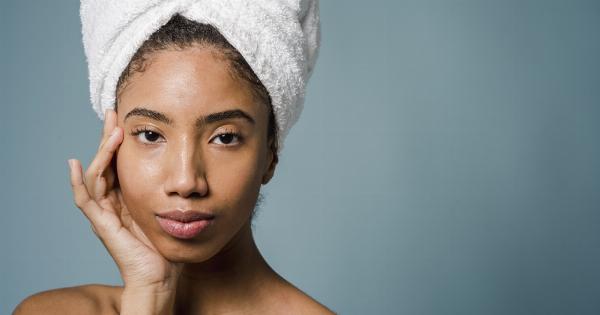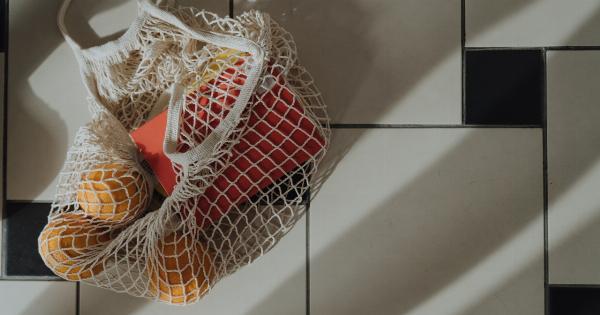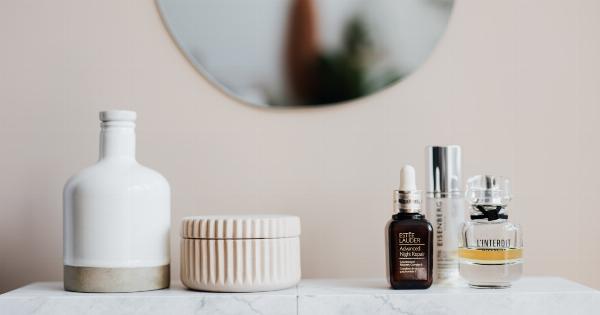Having strong and healthy hair is a desire shared by many. While there are several factors that contribute to the overall health of our hair, one often overlooked aspect is our bathing routine.
Proper bathing techniques can help maintain the strength and vitality of our hair, preventing damage and promoting growth. In this guide, we will explore the best practices for bathing to ensure forever strong hair.
Choosing the Right Shampoo
Before we dive into the bathing process, it is important to select the right shampoo for your hair type and concerns. Different shampoos are formulated to cater to specific needs, such as dryness, oiliness, dandruff, or damage.
Understanding your hair’s requirements will allow you to choose the most suitable shampoo that addresses your concerns effectively.
Pre-bath Preparation
Prepping your hair before stepping into the shower can make a significant difference in maintaining its strength. Brushing your hair gently with a wide-toothed comb helps detangle any knots or tangles.
This prevents further breakage that may occur while washing your hair.
Proper Water Temperature
The temperature of the water you use while bathing plays a crucial role in maintaining healthy hair. Extremely hot water can strip away natural oils, leaving your hair dry and brittle.
On the other hand, using cold water can make it difficult to cleanse the scalp effectively. It is best to opt for lukewarm water that opens up the hair cuticles enough for thorough cleaning without causing damage.
Massage Your Scalp
While applying shampoo, take the time to massage your scalp gently. This stimulates blood circulation to the hair follicles, promoting hair growth and overall health.
Use the tips of your fingers to massage in circular motions, ensuring that the shampoo reaches every part of your scalp.
Rinse Thoroughly
After shampooing your hair, it is essential to rinse it thoroughly. Any leftover product can weigh down your hair and lead to product buildup. Make sure to rinse until the water runs clear, indicating that all shampoo residue has been removed.
Conditioning the Right Way
Conditioning is an important step in the bathing process that should not be skipped. However, it is crucial to apply the conditioner correctly to maximize its benefits.
Start by applying the conditioner to the ends of your hair and work your way up, avoiding the roots. This prevents the scalp from becoming overly oily and allows the ends, which are more prone to damage, to benefit from the conditioning properties.
Leave-in Conditioner
In addition to regular conditioning, using a leave-in conditioner can provide extra protection and nourishment to your hair. Leave-in conditioners are lightweight and help detangle your hair, making it easier to comb through without causing damage.
Apply a small amount evenly to your strands, focusing on the ends.
Avoid Excessive Towel Drying
After bathing, resist the temptation to vigorously towel dry your hair. Rubbing your hair harshly with a towel can cause friction and lead to breakage.
Instead, gently squeeze out excess water from your hair using a soft microfiber towel or an old t-shirt. Patting your hair dry is a much gentler approach that minimizes the risk of damage.
Air Drying vs. Blow Drying
While air drying is the gentlest option for drying your hair, it may not always be practical, especially if you are in a hurry.
If you choose to blow dry your hair, make sure to use the lowest heat setting and keep the dryer at a safe distance from your hair to minimize heat damage. Applying a heat protectant spray before blow drying can also provide an extra safeguard.
Protective Hairstyles
Another way to promote strong hair is by opting for protective hairstyles. These hairstyles minimize exposure to external factors that can cause damage, such as excessive sun, wind, or friction from brushing.
Braids, buns, or ponytails can help protect your hair from daily wear and tear, allowing it to grow and maintain its strength.
Regular Trims
Trimming your hair regularly is crucial for maintaining its strength. Split ends and dry, damaged hair can travel up the hair shaft, causing further breakage and compromising overall hair health.
Schedule regular trims every 8-12 weeks to remove these damaged ends and keep your hair looking and feeling its best.
Conclusion
Bathing is not just a routine task; it is an opportunity to care for your hair and promote its strength and vitality. By following the proper bathing techniques outlined in this guide, you can ensure that your hair remains forever strong.
Remember to choose the right shampoo, massage your scalp, rinse thoroughly, condition properly, and protect your hair through gentle drying and hairstyles. With these practices in place, you can enjoy healthy, luscious locks for years to come!.




























